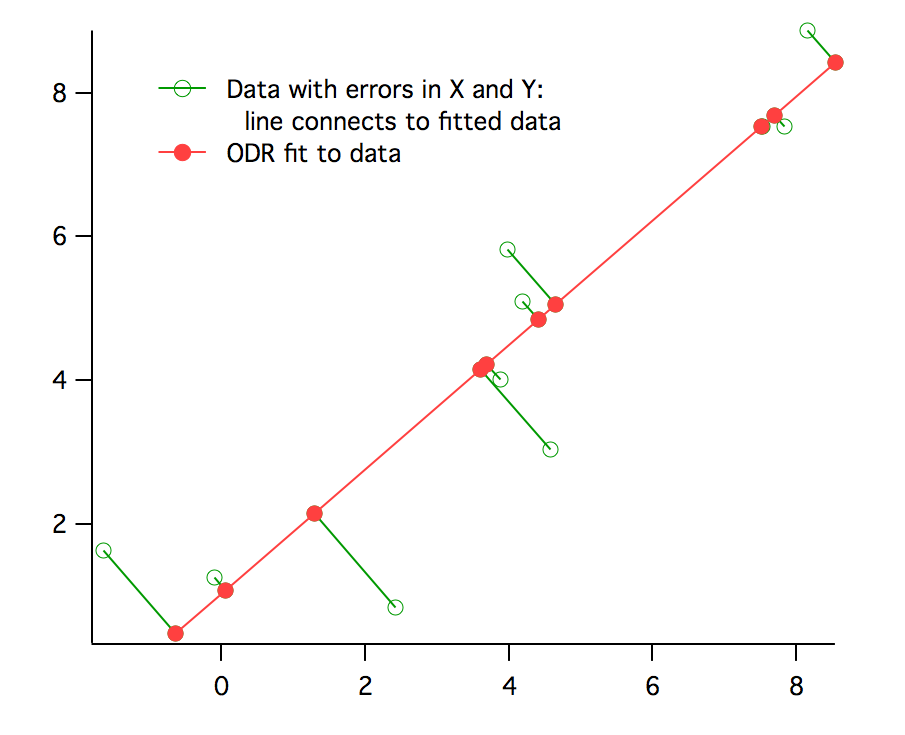

While the vast majority of sprint-related studies are performed on young team-sport athletes and focus on brief sprints with maximal intensity and short recoveries, elite sprinters perform sprinting/running over a broad range of distances and with varying intensity and recovery periods. Indeed, there is a considerable gap between science and best practice in how training principles and methods are applied. In this review, we describe how well-known training principles (progression, specificity, variation/periodization and individualization) and varying training methods (e.g., sprinting/running, technical training, strength/power, plyometric training) are used in a sprint-training context. Still, key underlying determinants (e.g., power, technique and sprint-specific endurance) are trainable. Sprint performance is heavily dependent upon genetic traits, and the annual within-athlete performance differences are lower than the typical variation, the smallest worthwhile change and the influence of external conditions such as wind, monitoring methodologies, etc. The objective of this review is to integrate scientific and best practice literature regarding the training and development of elite sprint performance. The transitions are characterized by an appearance and disappearance of the second braking and first propulsive phases, respectively, of the anteroposterior GRF.ĭespite a voluminous body of research devoted to sprint training, our understanding of the training process leading to world-class sprint performance is limited. The breakpoints around the 5th and 15th steps found in an effective vertical impulse during the braking phase can be a criterion indicating transitions in GRF variables during sprint acceleration. Consequently, changes in GRF variables during sprint acceleration are likely accompanied by specific alterations. Moreover, the second braking phase of the anteroposterior GRF appeared at the next step after the first breakpoint, and the corresponding first propulsive phase disappeared at the second breakpoint. Across the breakpoints, SPM showed significant differences in the anteroposterior GRF curves at the next step after the first breakpoint and at the second breakpoint. Breakpoints around the 5th and 15th steps were detected using effective vertical impulse during the braking phase with the three lines approximation. For the other variables, however, RMS of residuals were smaller when the three lines approximation was adopted. For running speed, the exponential approximation resulted in smaller root‐mean‐square (RMS) of residuals. Moreover, statistical parametric mapping (SPM) was used to test changes in GRF curves across the transitions.

Step‐to‐step spatiotemporal and GRF variables were approximated using an exponential function and three straight lines. Twenty‐one male sprinters performed 60‐m sprints, during which GRF data were recorded. This study aimed to examine whether ground reaction force (GRF) variables during sprint acceleration also show specific features of the transitions. Abrupt changes in kinematics during sprint acceleration called transitions have previously been observed.


 0 kommentar(er)
0 kommentar(er)
